Bridging heritage and modern oral-care science is a powerful product story—especially in India, where many consumers still value the tactile and cultural cues of a Traditional India toothbrush (datun/neem-inspired) while seniors and aging households increasingly demand clinically appropriate features for Aging gums care. For OEM/ODM teams and brand product managers, the real challenge is engineering an electric toothbrush that respects traditional cues yet meets today’s ergonomics, safety and clinical validation needs. Below are six practical dimensions to make that hybrid product manufacturable, scalable, and credible.
Define the product promise — heritage cues + measurable gum-friendly performance
First and foremost, be explicit about what you promise. Is the goal to evoke the look and sensory feel of a Traditional India toothbrush while delivering validated Aging gums care features (gentle cleaning, pressure protection, and easy ergonomics)? Or do you aim to incorporate natural materials/finishes and an Ayurvedic-inspired marketing story? Either way, translate that promise into measurable specs (e.g., maximum bristle surface pressure, available “sensitive” mode amplitude, head exchange cadence) so engineering and marketing teams work from the same brief. Consequently, clarity at this stage prevents overclaiming and keeps development focused.
Head design & filaments — mimic traditional feel but keep clinical safety
Next, the head is where heritage and function meet. To honor the Traditional India toothbrush feel while supporting Aging gums care:
- Use tapered, end-rounded filaments (PBT/nylon variants) that emulate the soft sweep of a datun without the sanitation drawbacks of raw twig use.
- Offer compact, narrow heads to access posterior gingival margins gently.
- Optimize filament density and tuft geometry to reduce surface abrasion while preserving plaque removal efficiency.
- If using botanical cues (neem scent or surface treatment), engineer them as non-leaching, well-characterized finishes and run migration and irritation screens.
Thus, the head should feel familiar to heritage users, yet be demonstrably safe and replaceable—key to Aging gums care.
Motion profile & sensors — gentle mechanics with protective feedback
Moreover, the drive system and sensing are core to gum-safe performance:
- Select a motion (sonic or low-amplitude oscillation) tuned for fluid shear cleaning rather than aggressive abrasion.
- Implement a dedicated Sensitive / Aging-gums mode with lower amplitude and longer cycle duration.
- Add pressure sensing to cut or throttle amplitude when excess force is detected; log events for post-visit review or caregiver alerts.
- Consider a soft-start and soft-stop profile to remove jarring transients that may startle older users.
Consequently, the brush protects fragile tissue while still delivering effective cleaning—an essential pillar of Aging gums care.
Materials, finishes & sustainability — respectful aesthetics, modern durability
In addition, material choices help bridge tradition and modern expectations:
- Use matte or wood-effect finishes on handles (food-safe painted thermoform or PCR-plastic laminates) to evoke a Traditional India toothbrush aesthetic while keeping sanitation standards high.
- Favor biocompatible elastomers for seals and overmolds that remain flexible with repeated cleaning and hot-water exposure.
- If touting natural elements, require full supplier traceability (source, extract method) and validate stability through lifecycle tests.
- Design heads and non-electronic components for recyclability or take-back to align with regional sustainability expectations.
Therefore, you get cultural resonance without compromising hygiene or durability.
Validation, clinical pilots & compliant claims — prove the gum story
Furthermore, evidence prevents regulatory and clinic pushback. For a product positioned for Aging gums care:
- Run bench tests for filament wear, abrasion indices, and motor stability after long-term use.
- Sponsor small clinical pilots (8–12 weeks) measuring gingival indices and user comfort (with appropriate ethical oversight) to support soft claims like “clinically shown to be gentle on sensitive gums when used as directed.”
- Document safety testing (cytotoxicity, migration) if botanical treatments are used.
- Be conservative in marketing language—avoid treating the product as a medical therapy unless you follow medical-device regulatory paths.
Hence, clinical and lab data bridge marketing with clinician trust.
Packaging, education & go-to-market — close the cultural loop
Finally, selling this hybrid requires sensitivity to local purchase drivers:
- Use packaging that tells the story succinctly: heritage cue (visual/texture) + one-line clinical benefit for elders (e.g., “Gentle mode for sensitive gums”).
- Provide clear multilingual instructions and caregiver guidance for seniors (large print quick-start, one-button operation options).
- Train clinic and pharmacy partners to present the product as a culturally respectful, clinically minded option—great for family gifting and elder care.
- Launch pilots in district-level clinics and Ayurvedic stores to capture both traditional and clinical channels.
Consequently, the product will resonate across generations and distribution routes.
Conclusion — Quick action checklist (6 steps)
To successfully blend Aging gums care with a Traditional India toothbrush design, B2B teams should:
- Convert the heritage+care promise into measurable product specs (pressure thresholds, sensitive-mode amplitude).
- Engineer tapered, end-rounded filaments and compact head geometry for low-abrasion cleaning.
- Implement pressure sensing, soft-start motor profiles, and a dedicated Sensitive mode.
- Select stable, traceable botanical treatments (if any) and design recyclable non-electronic components.
- Run bench endurance, abrasion, migration and small clinical pilots to substantiate claims; keep language compliant.
- Package with clear elder-friendly instructions, train clinic/pharmacy partners, and pilot in mixed heritage/clinical channels.
If you’d like, I can translate this into a two-page product brief (head geometry targets, motion amplitude specs, sensing thresholds, required lab tests, and a pilot plan) so your R&D and commercial teams can begin prototyping a hybrid Traditional India toothbrush that truly supports Aging gums care. Contact us
.jpg)
.jpg)

.jpg)
.jpg)
.jpg)
.jpg)
.jpg)

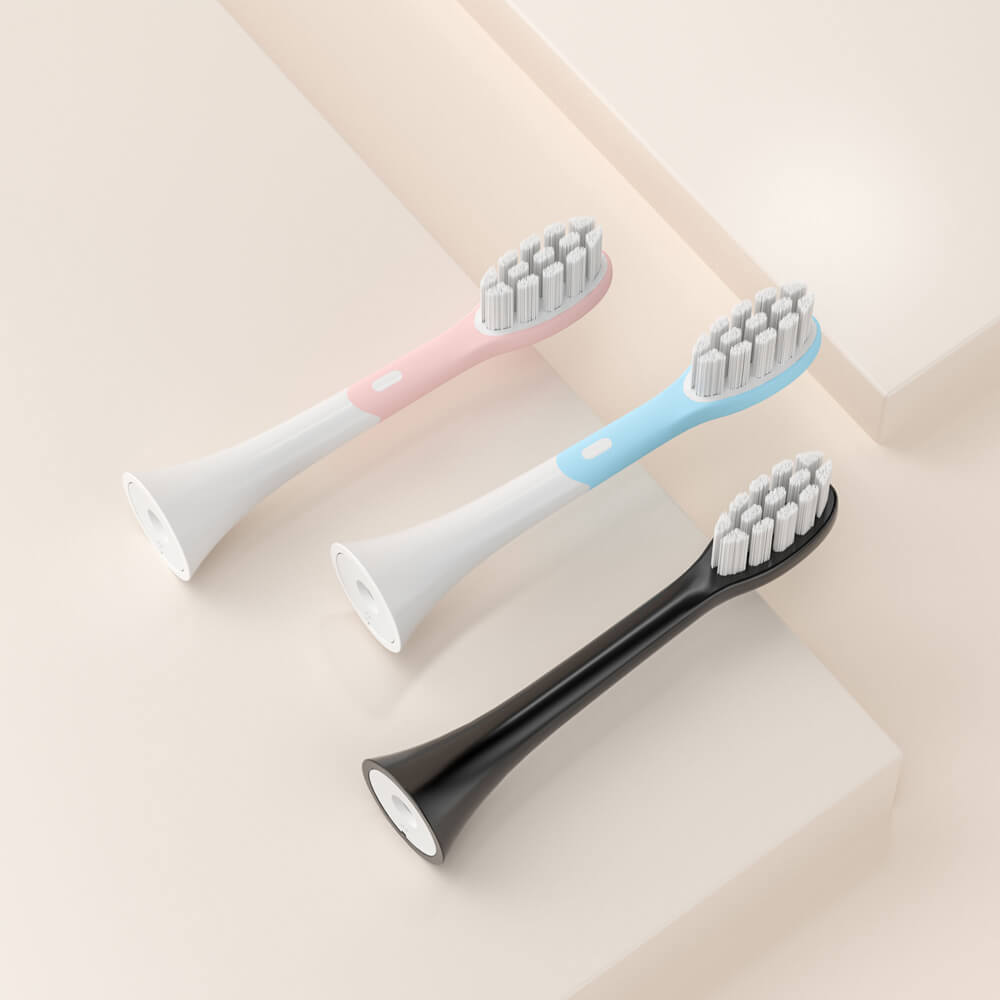
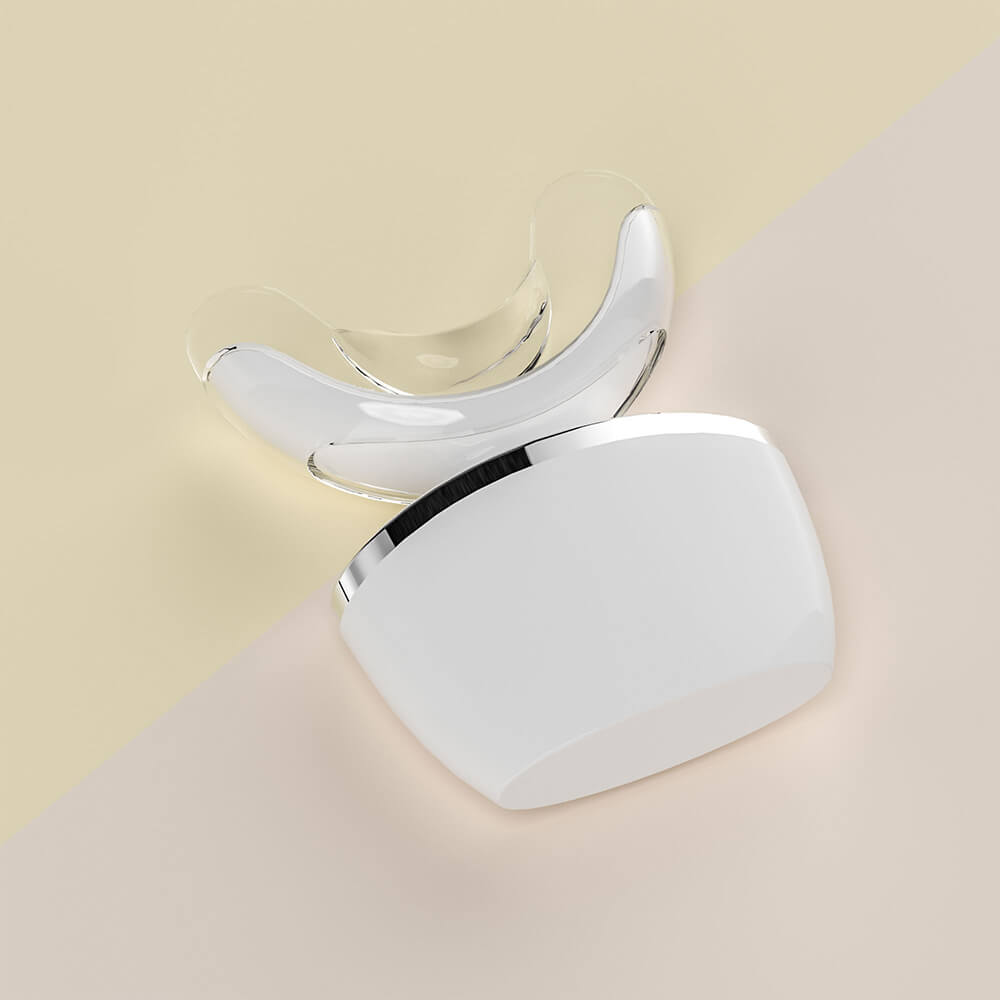


.jpg)
.jpg)
.jpg)
.jpg)



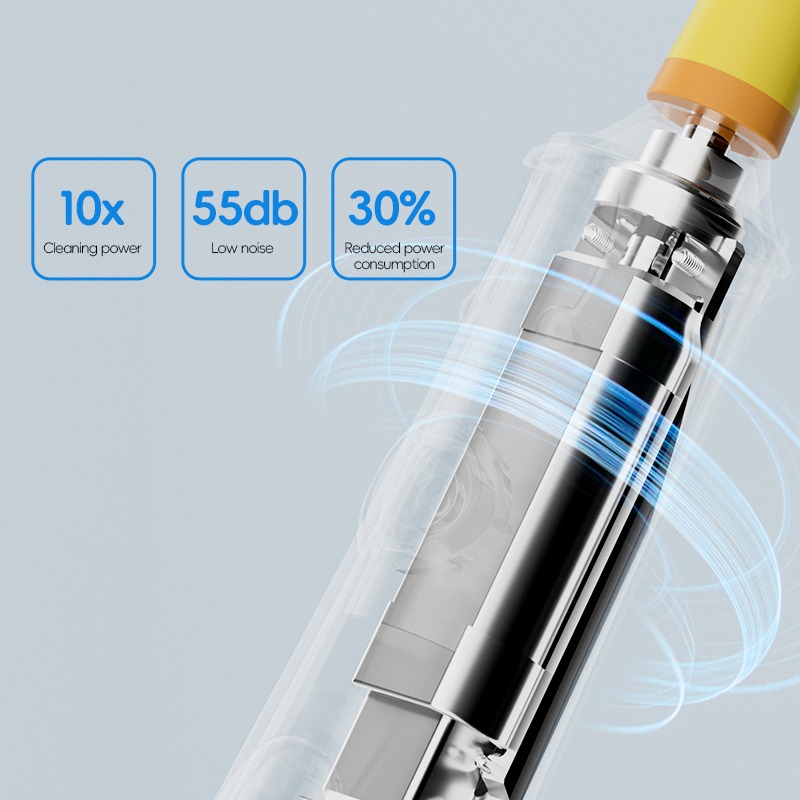
.jpg)
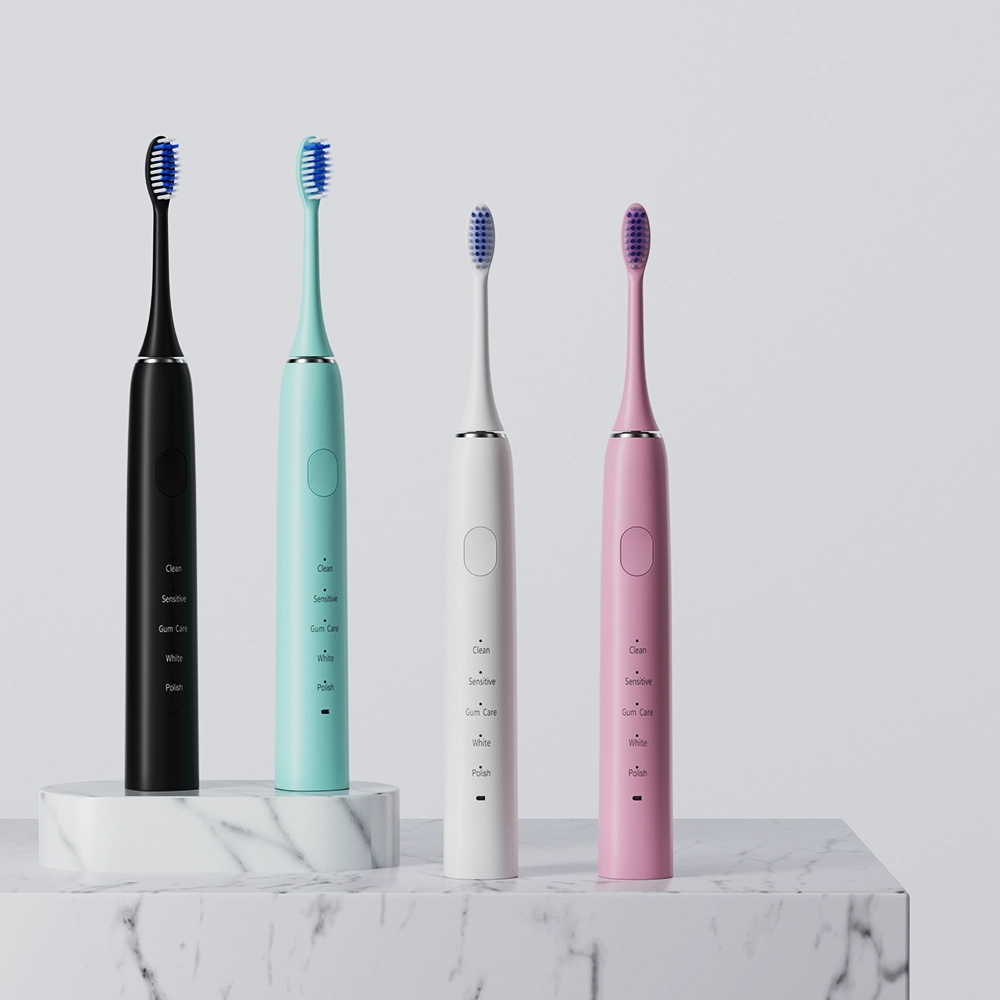
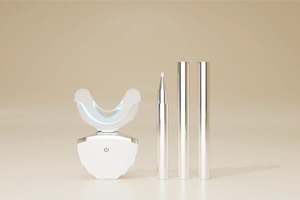
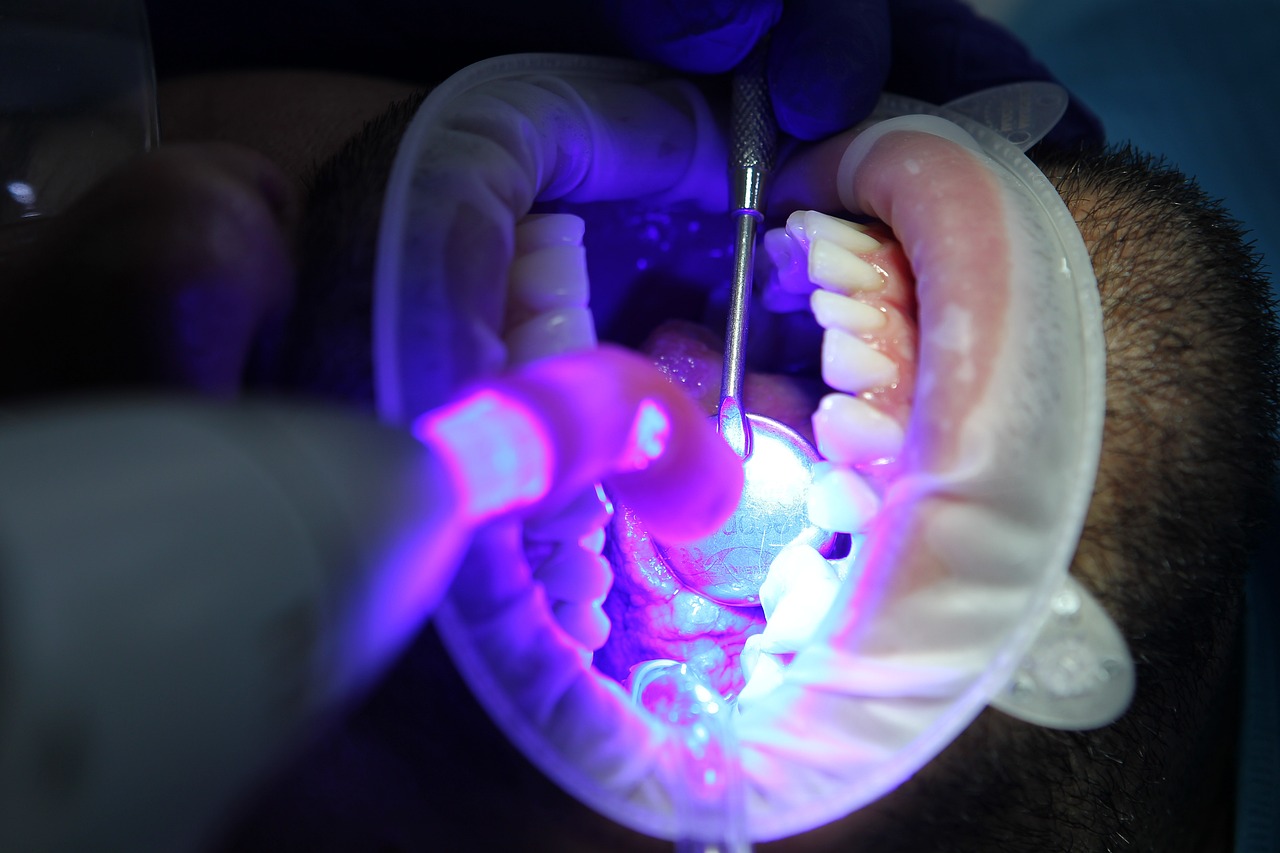
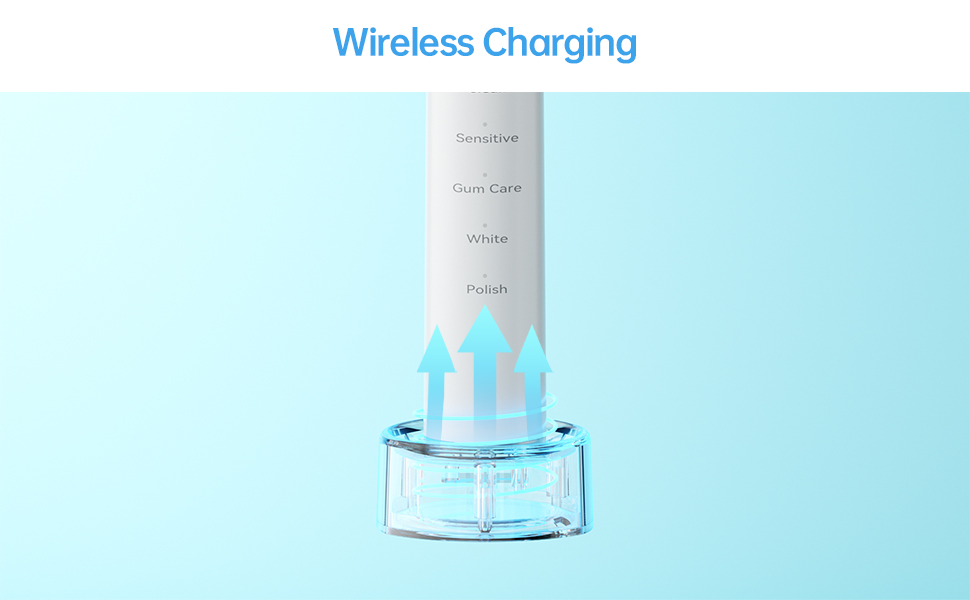
.jpg)
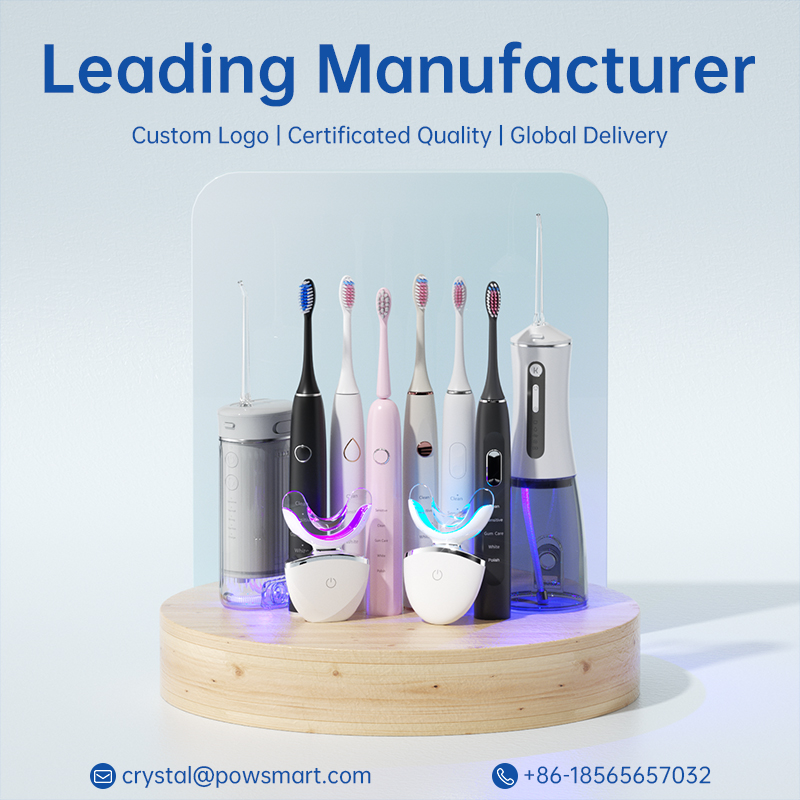
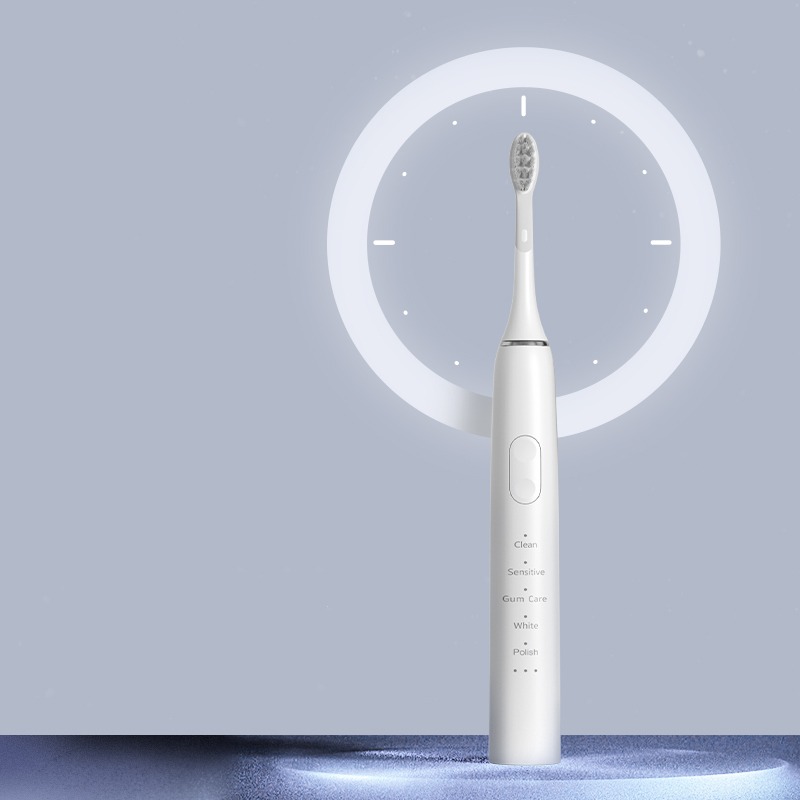

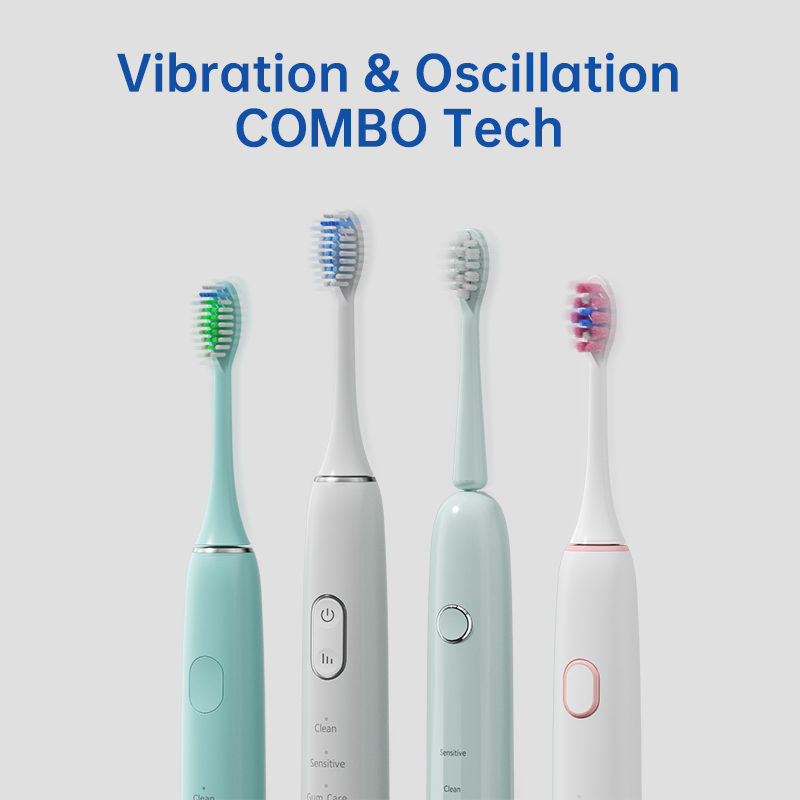
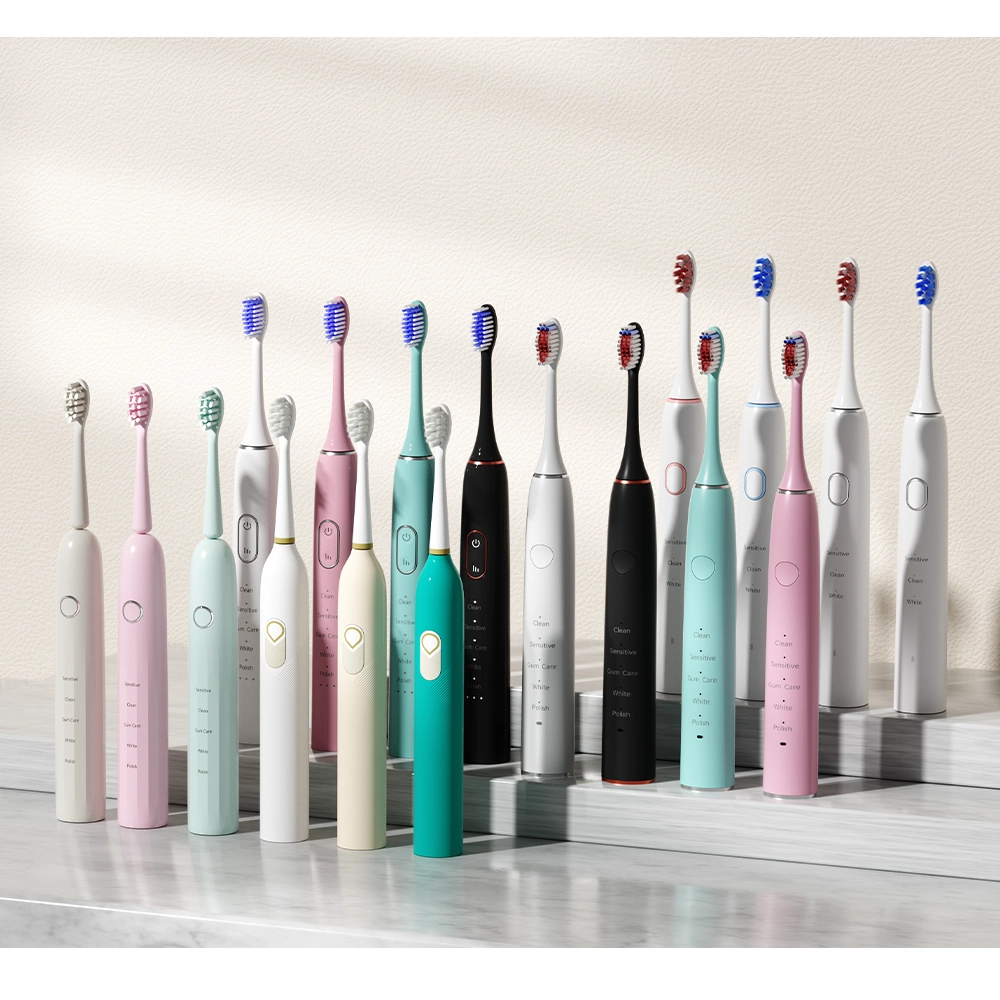
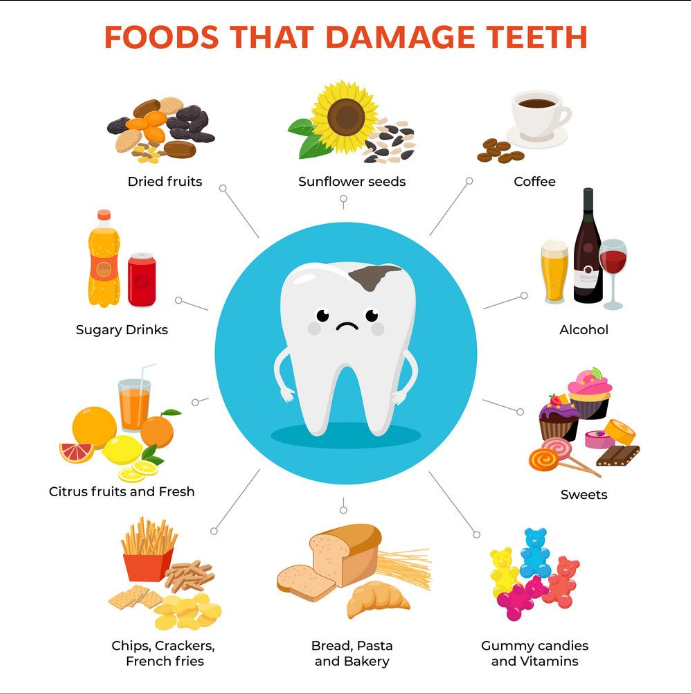

.jpg)





